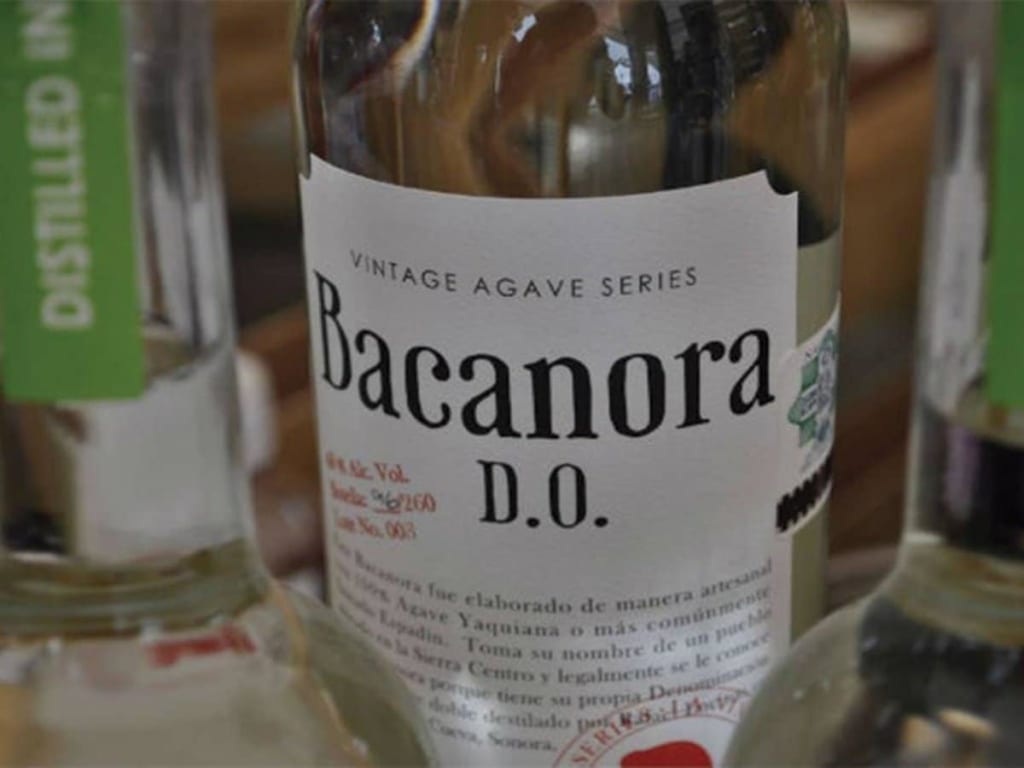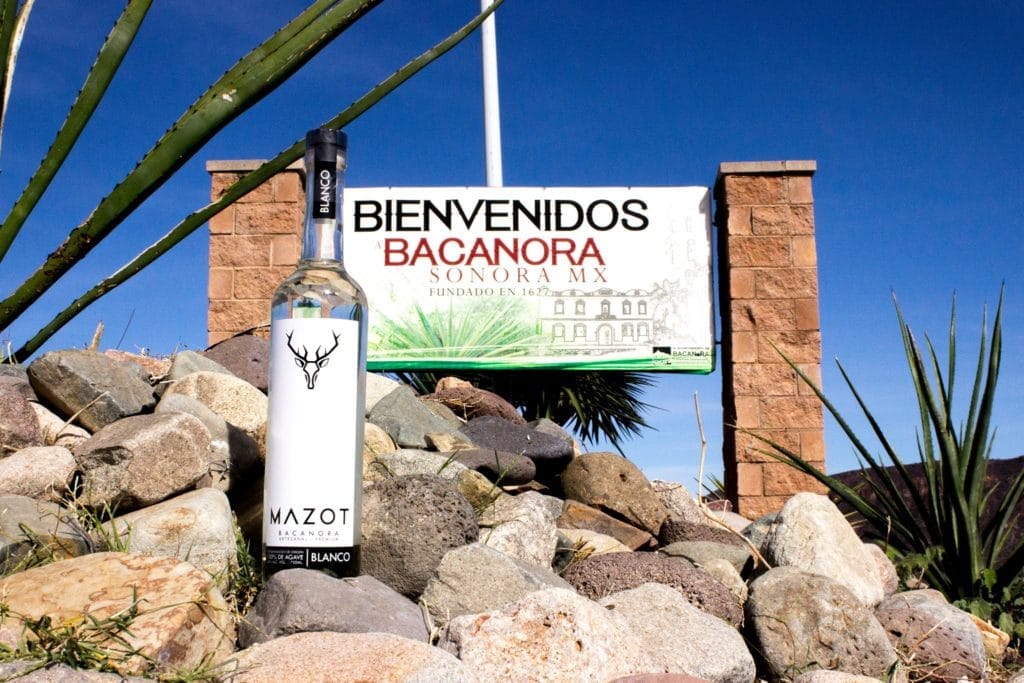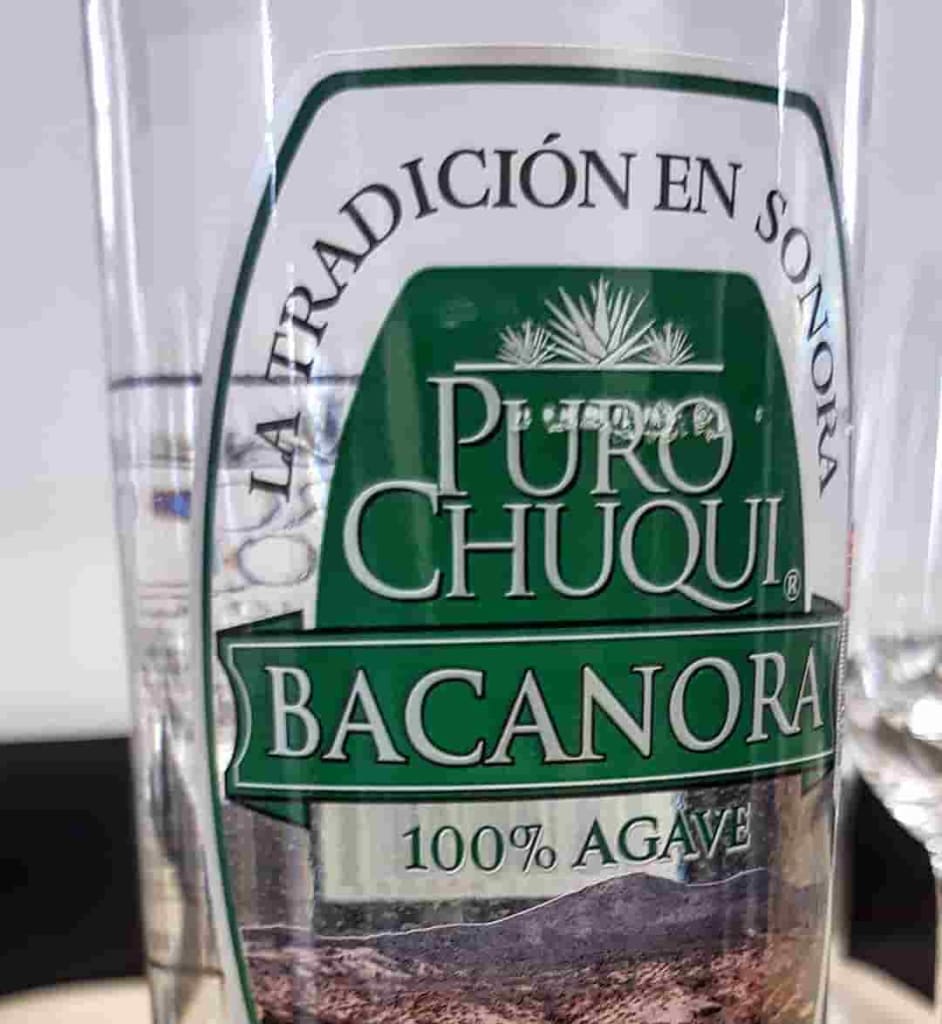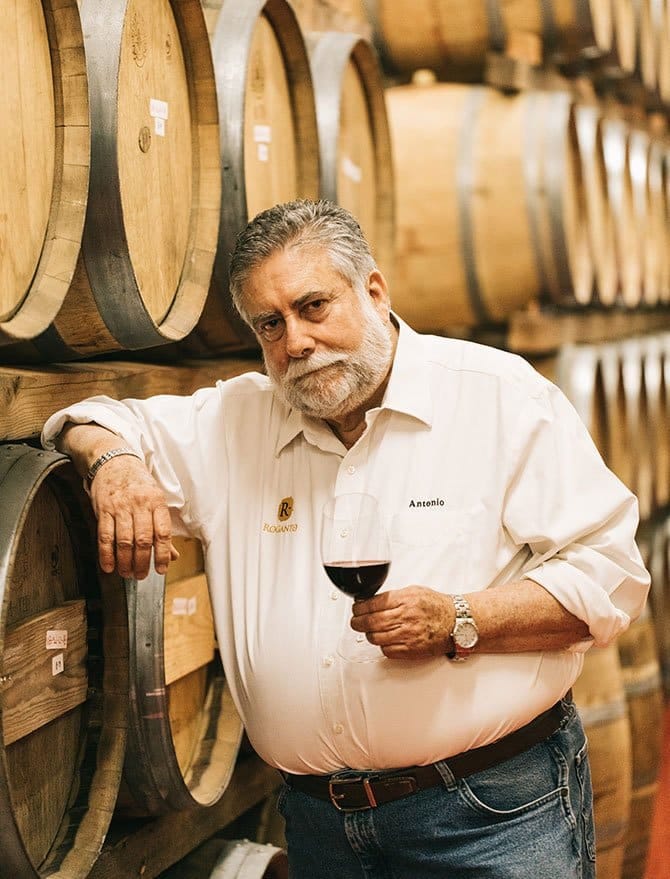
Bacanora’s Unique Flavor Journey in Northern Mexico
Bacanora’s Unique Flavor Journey in Northern Mexico: The Bacanora Story
The beautiful State of Sonora is the cradle of the best machaca and one of the most representative products of the Mexican north: Bacanora.
It is the signature spirit of Sonora and has been handcrafted for more than 300 years; Its manufacturing process has been passed from generation to generation.
What kind of liquor is Bacanora?

Bacanora is made with Agave Pacifica, also called Agave Yaquiana and scientifically called Angustifolia, which grows in the Sonoran Sierra.
Like tequila and mezcal, Bacanora is also a mezcal made from the juice of the plant’s heart, roasted, fermented, and distilled.
Some people say that the flavor of this distilled beverage is very similar to tequila, but I can assure you that this is not entirely true.
It was in the town of Bacanora, Sonora, in the mountainous region, where the elaboration of the traditional drink started over 300 years ago.
Contrary to the strong flavor of the distillates from Jalisco, bacanora is sweeter and stronger.
How is Bacanora produced?

The “production process” is similar to that of other distillates:
- The Agave Pacifica used to make bacanora must have at least 8 years of maturation (this to achieve the traditional flavor that distinguishes it)
- The heart of the selected agaves is cut and roasted inside a clay-type container in an underground oven (these are generally earth excavations of one meter in diameter and a maximum depth of 2 meters)
- The oven is heated with wood and stones (to maintain the heat), and the “hearts” must remain there for three days
- Once the necessary time has passed, the ashes obtained are taken out and placed in jars with water so that fermentation can begin
- Once fermented, the liquids are heated for distillation. This is how this artisanal beverage is obtained
In most of the municipalities of Sonora, acquiring bacanora is almost as easy as getting tacos in Mexico City.
However, on the flip side, trying to buy a bottle of this product in Mexico City is complicated, and the price is considerably higher.
For example, in Hermosillo, the capital of Sonora, the price per liter is around 120 pesos, while the price of a 750 ml bottle on the Internet can cost 550 pesos or more, not including shipping costs.
Distribution

During the first decade of the 20th century, more than 1,000,000 liters were produced in establishments around the mountains of Sonora.
However, during the government of Elías Calles, its commercialization was prohibited, and the distilling plants disappeared.
Over the years, some small producers returned to the business and began distributing it throughout the State.
Despite the success of bacanora, due to the necessary life span of the agave, there were periods when the supply did not meet the demand.
Today, many companies are dedicated to producing and distributing this spirit.
Some people believe it can be an alternative drink to tequila (not a substitute).
On May 19, 2000, it was declared a beverage with a denomination of origin (D.O.).
making the State of Sonora the only producer of this beverage, as well as its manufacturing process, its characteristics, and the raw material used for it.
Choosing the right Bacanora

To ensure you get a good bacanora, it is necessary to locate the legend “bacanora 100% agave” on the product’s label.
It must have a transparent tone or be slightly yellow if it has matured in oak barrels, and it must not form large bubbles that disappear quickly when the bottle is shaken.
There are four types of bacanora:
- Bacanora joven: has been blended with bacanora blanco and reposado
- Bacanora reposado: has rested 2 months or more in oak barrels
- Bacanora añejo: it has been matured for 1 year
- Bacanora blanco: its alcohol content has been diluted with water
The way to drink it, considering that it’s a northern product, is to shoot it straight, that is to say, in a caballito (tequila shot) and one sip.
So, if you are looking for a different flavor with high alcohol content (over 40%), I recommend you try this Sonoran delight that proudly represents the north of Mexico.
My first encounter with Bacanora

In February 2015, I went on a trip to Valle de Guadalupe for a wine tour. Then, one of the guides suggested visiting a wine warehouse in Ensenada.
This warehouse turned out to be from the Roganto winery. Owned by two long-time friends and business partners: Rogelio and Antonio.
My small group of 8 people and I were lucky to meet them both. They made us feel like family, and they were super friendly.
So long story short, after we finished touring the warehouse and tasting and learning from their wines, they invited us for dinner inside a private cava with a big oval table.
After dessert, Don Antonio, who is from Sonora (if I remember correctly), got up and went to his private cabinet, where he got a bottle of Bacanora.
He served all of us a shot, and oh boy, was that strong!
It turned out to be a “moonshine” version with almost 60% alcohol volume, but the flavor and notes are something unique and unforgettable.
He then started telling us all about it, among other cool stories.